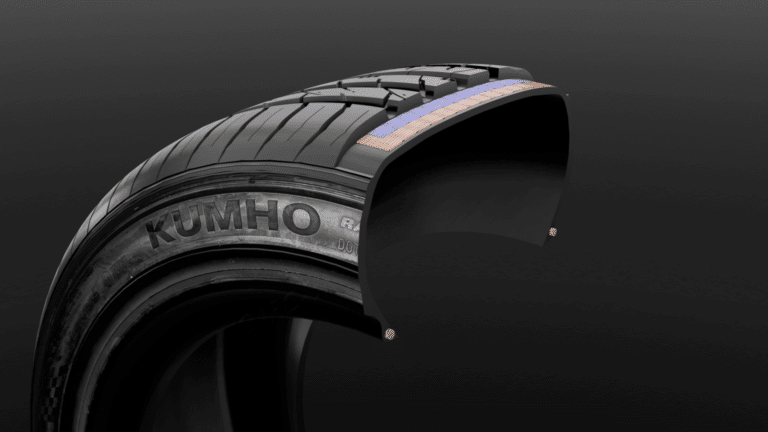What you need to know before you buy your next set of rubber




I am not a fancy person. I reckon it’s perfectly acceptable to have five of the same shirt, just because I like them. And I think acute E’s are pretentious. So, the other day when I found myself at a business meeting in a Michelin Star restaurant, having left my comfort zone somewhere on the Sydney Harbour Bridge and not sure I would ever find it again, I tried to distract myself.
Contrary to (my) popular belief, Michelin-starred restaurants don’t serve dishes like All Terrain Soufle. They do, however, make a bloke like me think about tyres nonetheless.
Tyres play a pivotal role in the overall performance of any vehicle. Their primary function is more than merely supporting the vehicle’s weight. They go above and beyond by providing essential features like traction, handling, comfort, and versatility. Depending on their intended purpose, tyres are engineered to excel in various conditions, be it towing, 4WDing, or everyday city commutes.
In other words, they’re as crucial to your vehicle as your roof is to your house. And just like your house, their construction is bloody important. So in this article, I explain the inner workings of your tyre and the details you need to double-check before you buy your next set of rubber.
Constructing a high-quality tyre is an intricate process that involves a fusion of chemistry, physics, and engineering. Tyre manufacturers, like Kuhmo, carefully select and combine different materials, such as natural and synthetic rubber, fabric, steel and various chemical compounds, to create the ideal tyre composition for each specific application. The arrangement of these components in layers and patterns is finely tuned to optimise the tyre’s performance. This ensures optimal grip, durability, and fuel efficiency.

The conditions we find ourselves driving on can be unpredictable, ranging from muddy tracks to sandy dunes and rocky inclines. To navigate these challenging landscapes safely and efficiently, your tyres must have the right tread pattern. The tread pattern is the design of the grooves, channels, and lugs on the tyre’s surface.
When it comes to excursions off the beaten track, an aggressive tread pattern is key. Unlike standard road tyres, off-road tyres feature larger and deeper lugs with wider spacing between them. This design allows for improved traction on loose surfaces and enhanced grip on uneven terrains.

In the worlds of RVing and 4WDing, load capacity plays a crucial role in ensuring a safe and smooth journey. The weight rating of your tyres refers to the maximum load they can carry safely at the designated pressure. It’s not just about the weight of the RV or vehicle itself; you must also account for additional gear, supplies, and passengers on board.
To determine the appropriate weight rating, you must consider your Gross Vehicle Weight Rating (GVWR), which represents the maximum safe weight it can carry. Ensure that the combined weight of your RV or vehicle and its contents falls within the range specified by the tyre’s weight rating. Using tyres with insufficient load capacity can lead to premature wear, reduced stability, and the risk of blowouts: factors that can ruin your adventures and possibly your pride and joy, quickly and easily.
Beyond tread patterns and weight ratings, the construction of off-road tyres plays a significant role in their performance and durability. Tyres made for applications such as off-road driving, towing and heavy vehicles are constructed differently from standard road tyres to withstand the rigours of rough terrain and heavy weights.
One key aspect of construction is the ply rating, which indicates the number of layers used in the tyre’s internal structure. Tyres with a higher ply rating generally offer enhanced durability and load-carrying capacity, making them suitable for heavy-duty off-road applications. These tyres often feature reinforced sidewalls to resist punctures and cuts from sharp rocks or debris, preventing potential sidewall damage during your low-range endeavours.
Selecting the right tread pattern, weight rating, and construction for your next set of rubber is paramount to ensuring your safety and enjoyment. One last thing to consider is where you’re travelling and the availability of tyres in those areas. It’s all well and good slapping on a set of hard-to-get rubber donuts in the big smoke. But if you’re looking for replacements when you’re way out in the sticks, you may find yourself wishing you went for a common and trusted brand like Kuhmo, which are available or easily obtained in most locations around Australia.